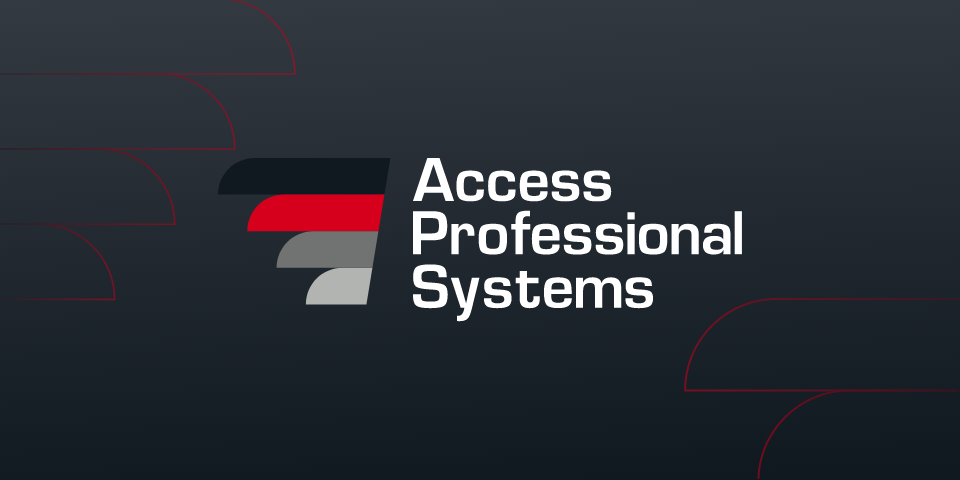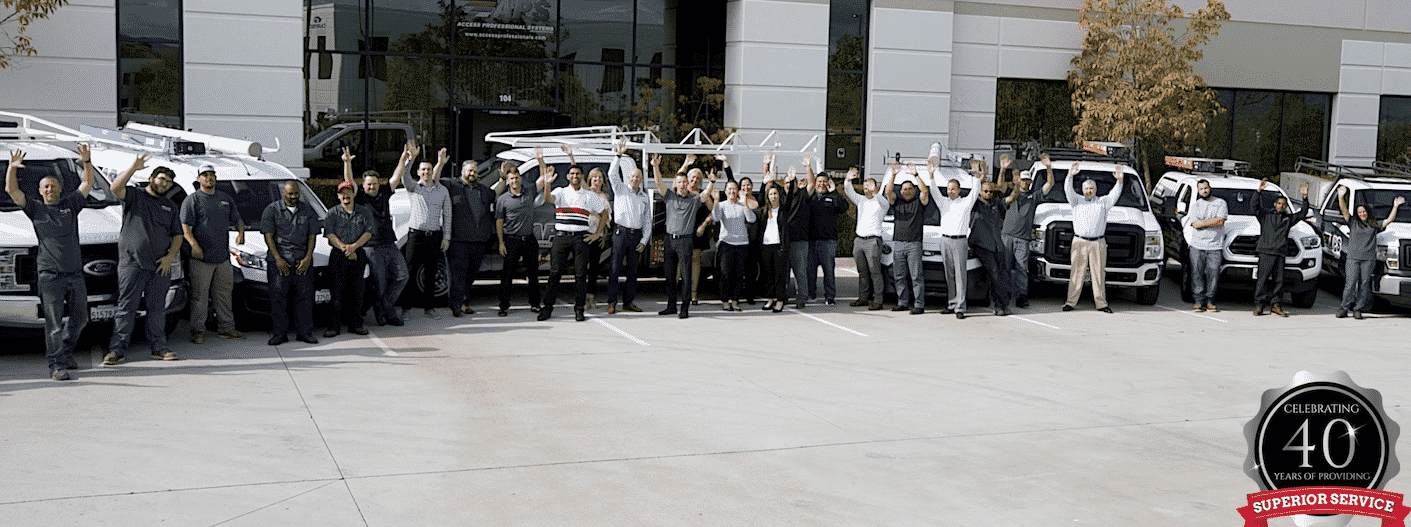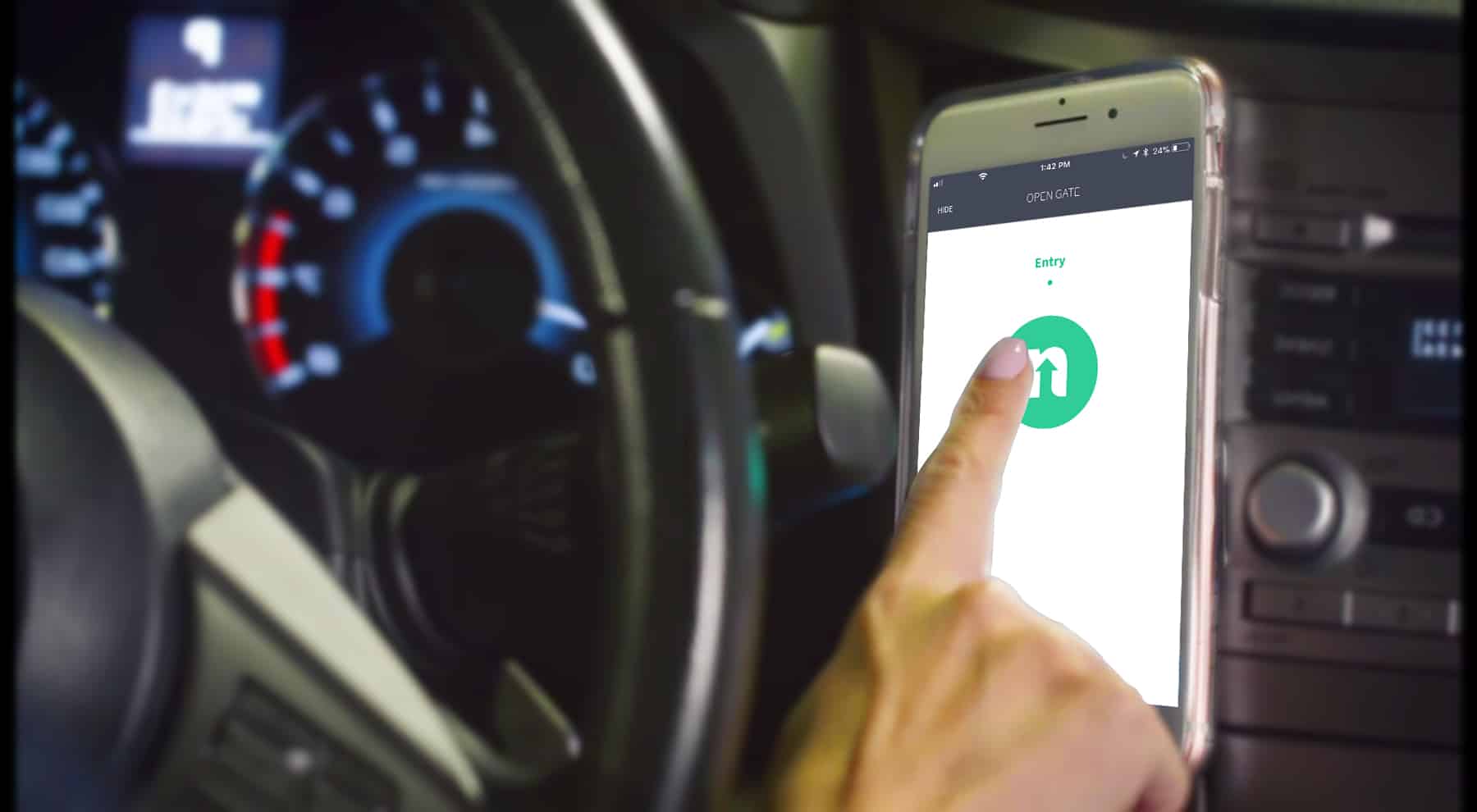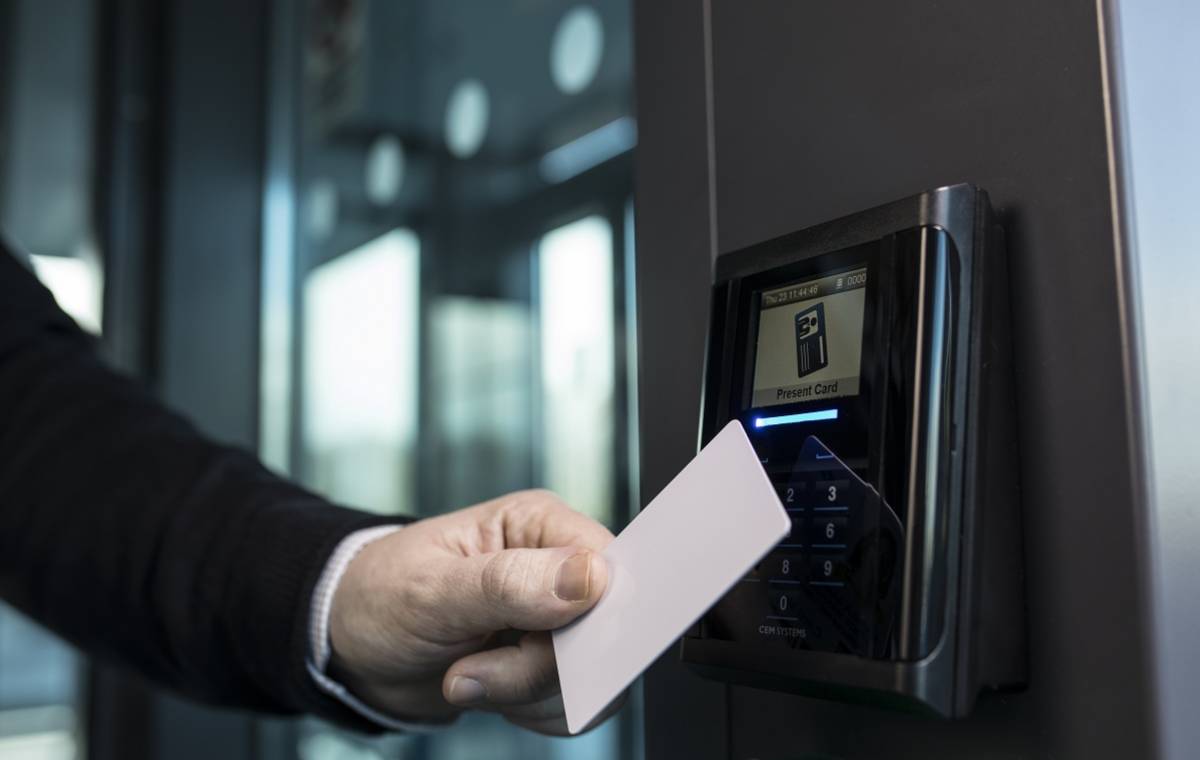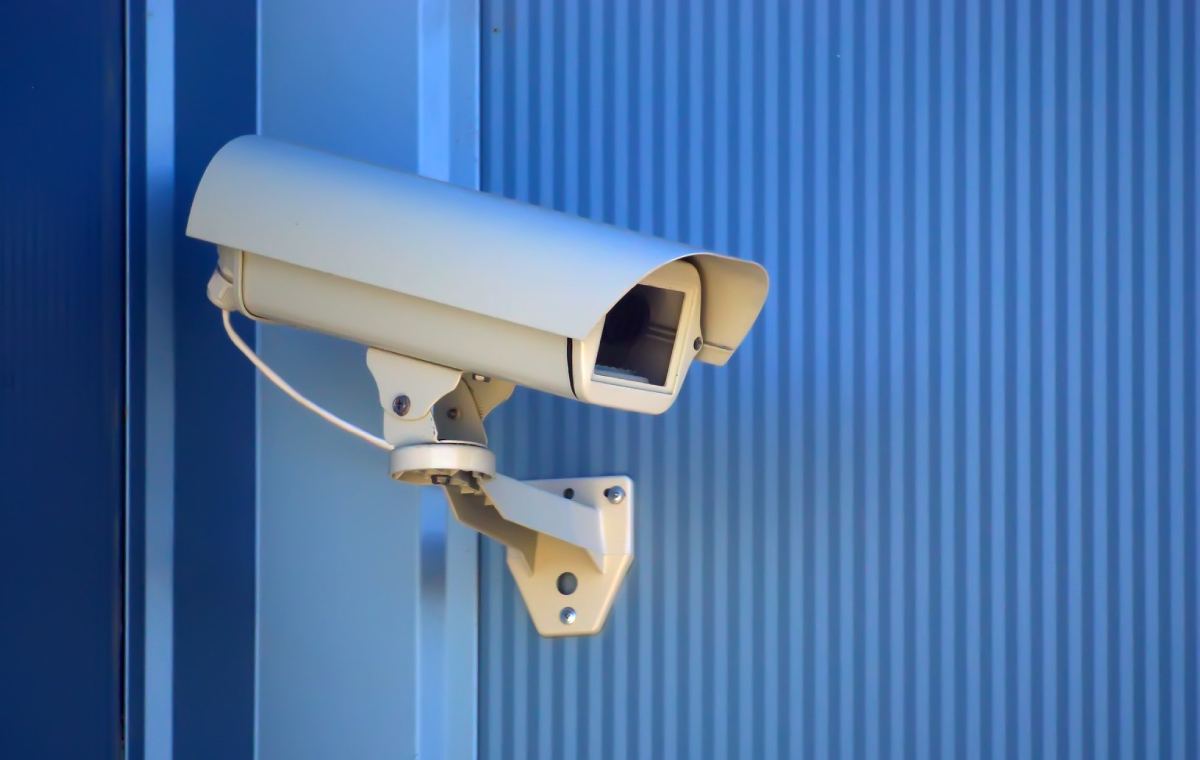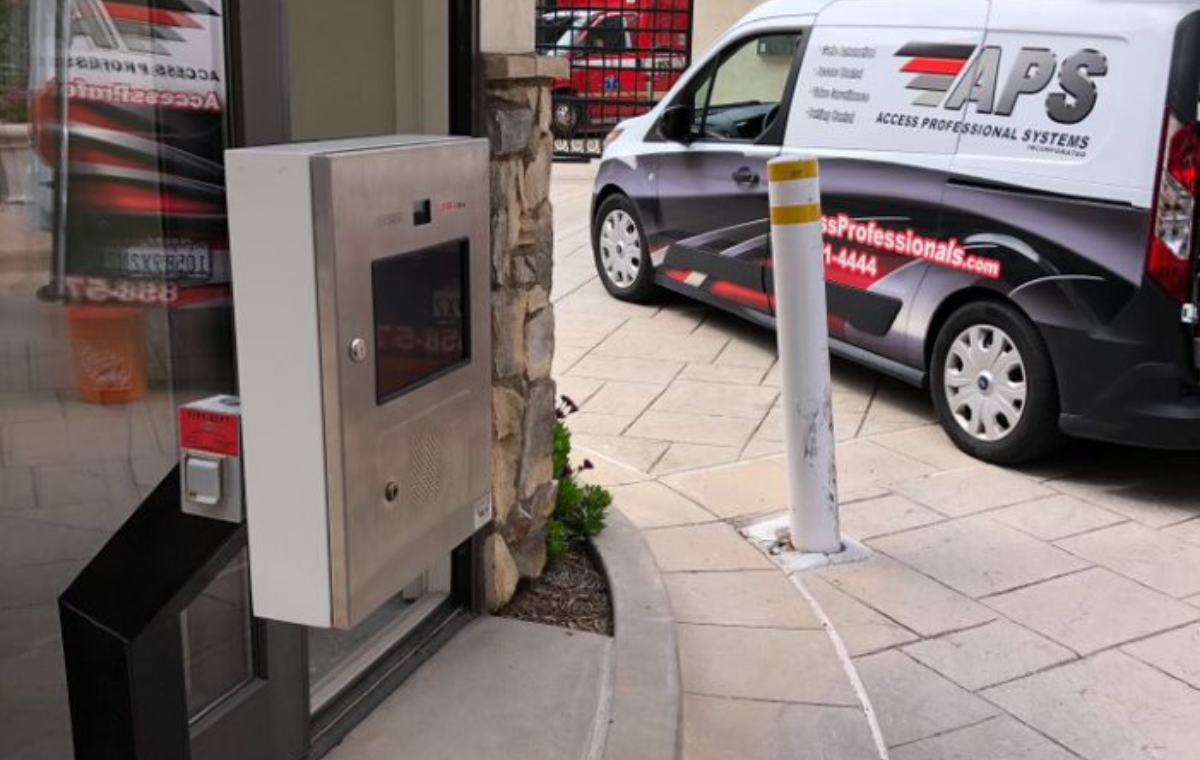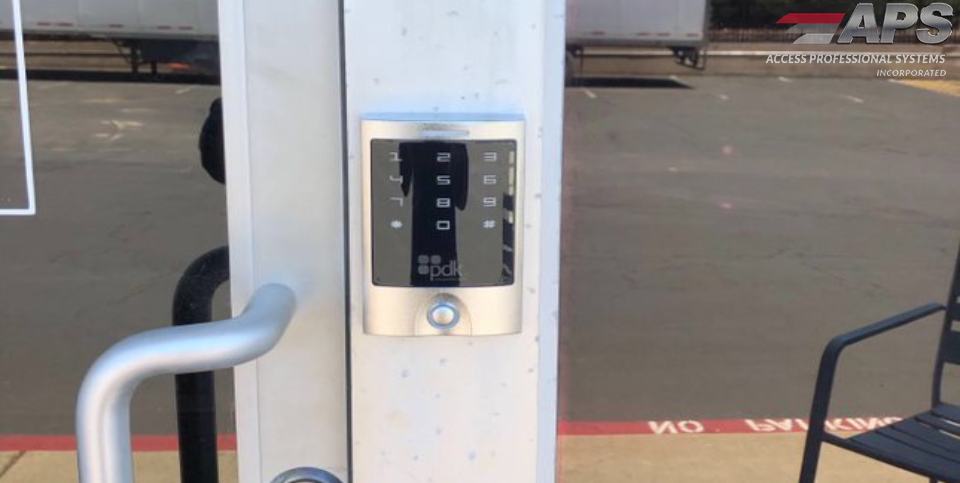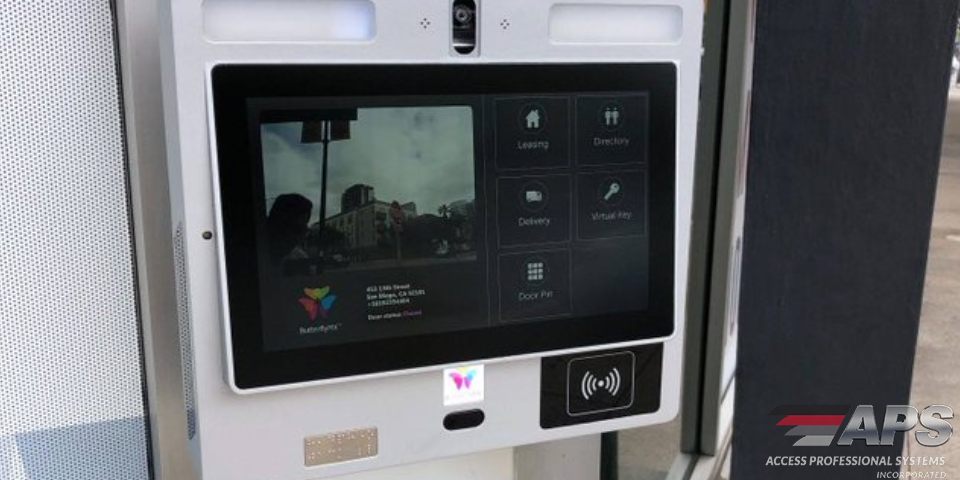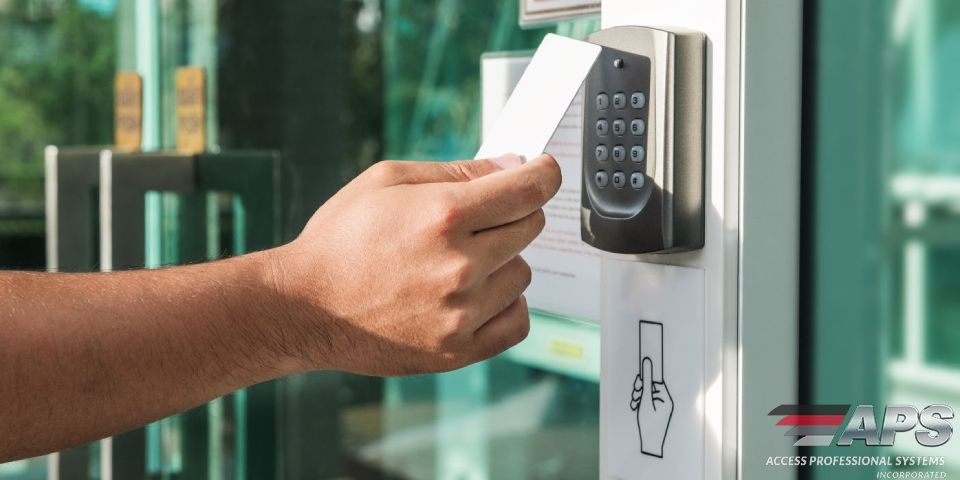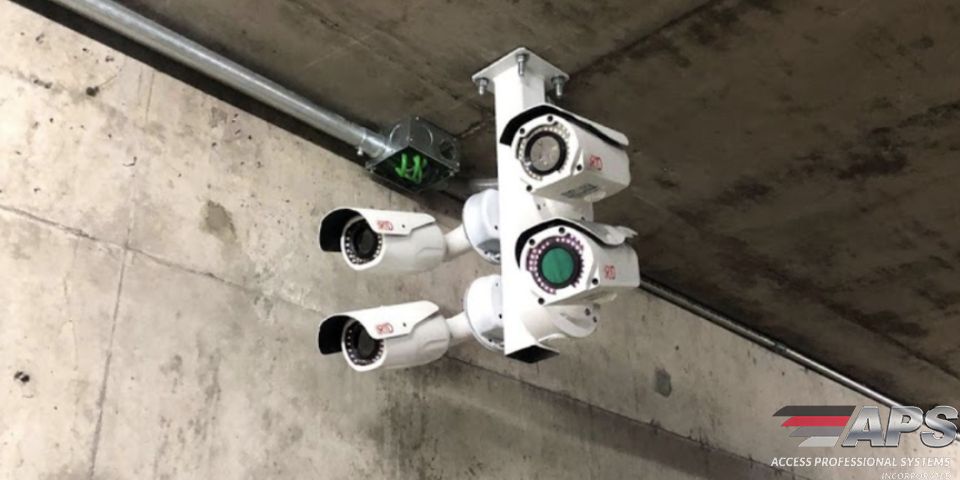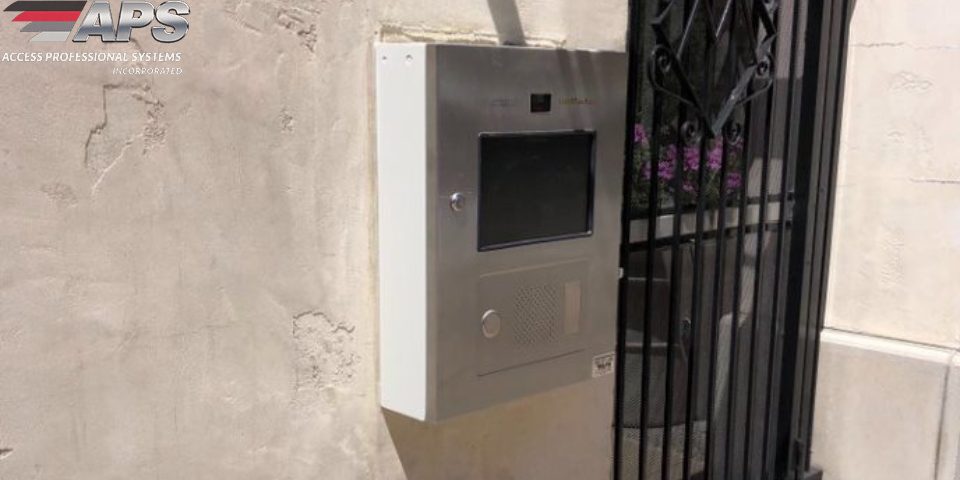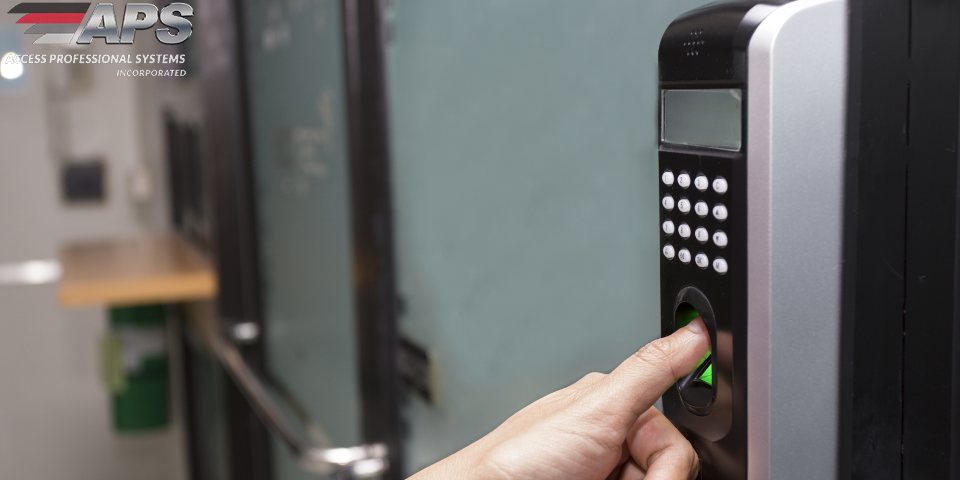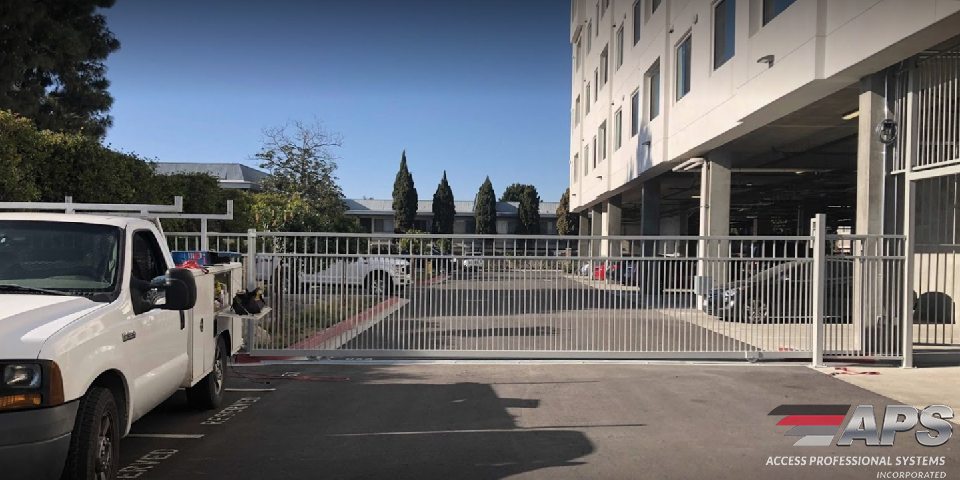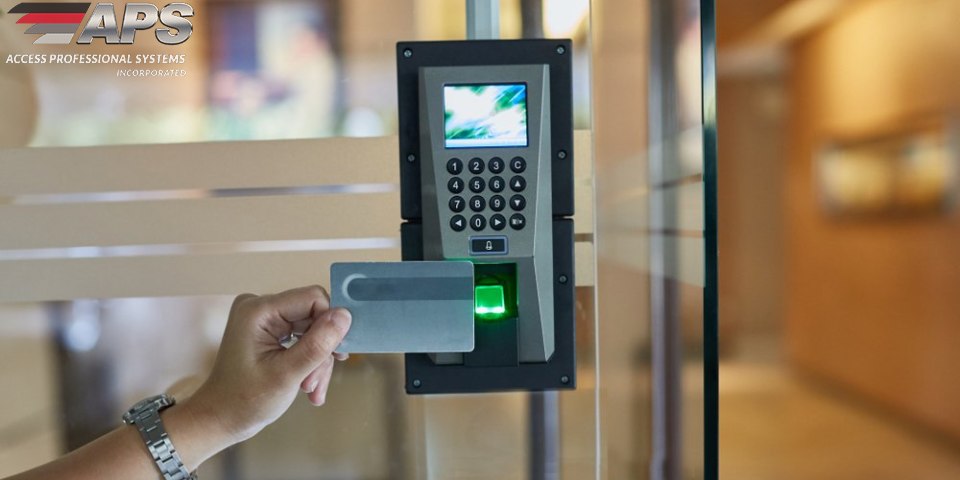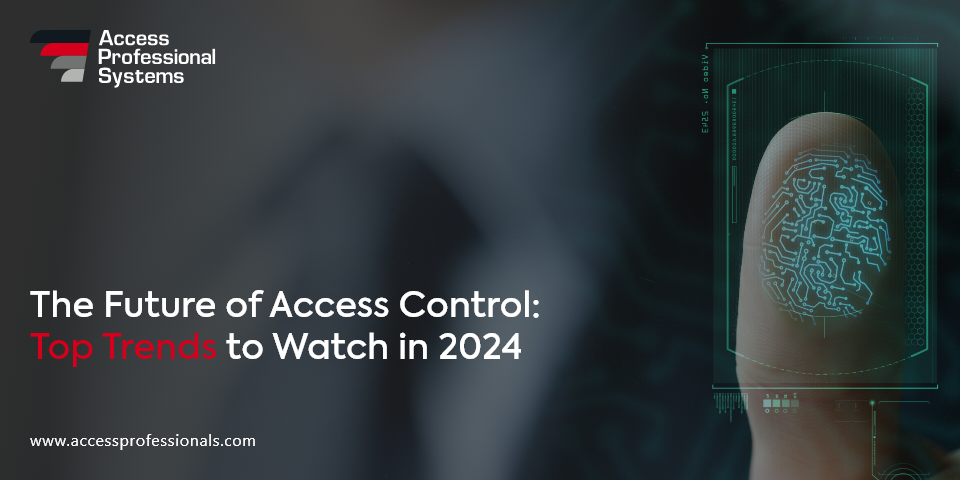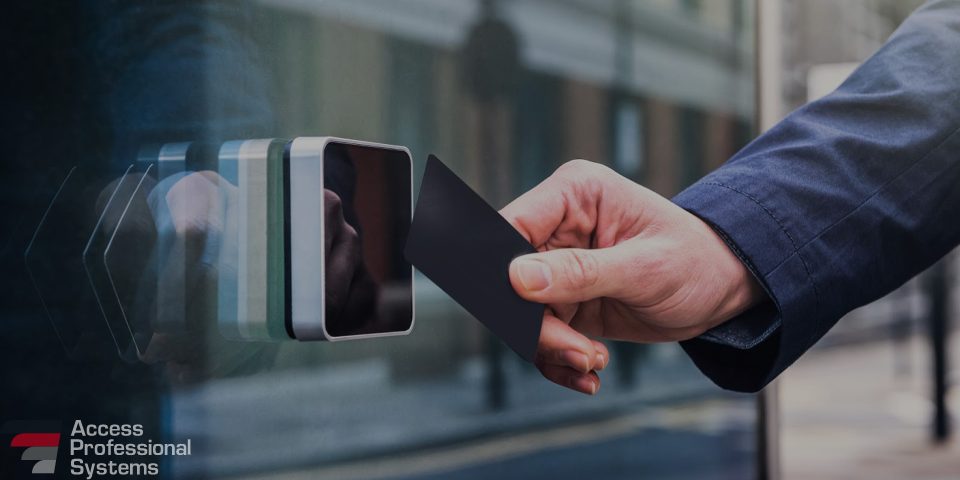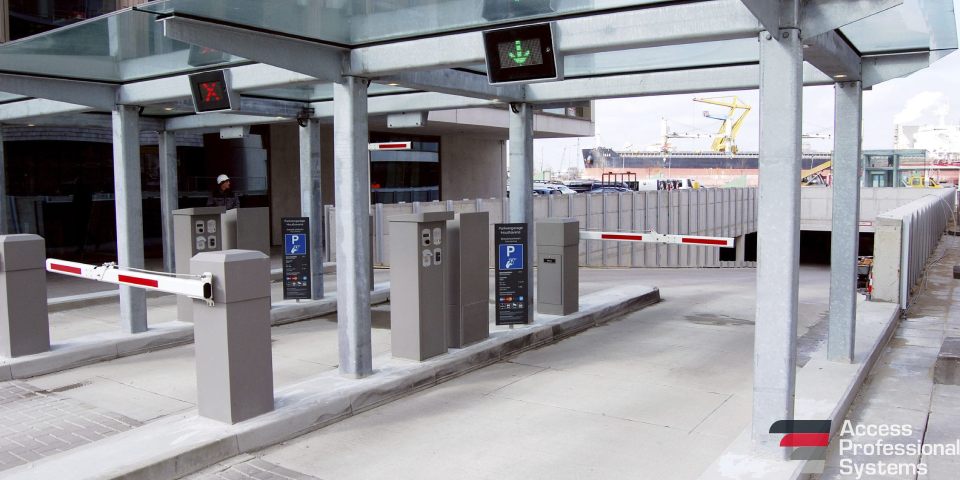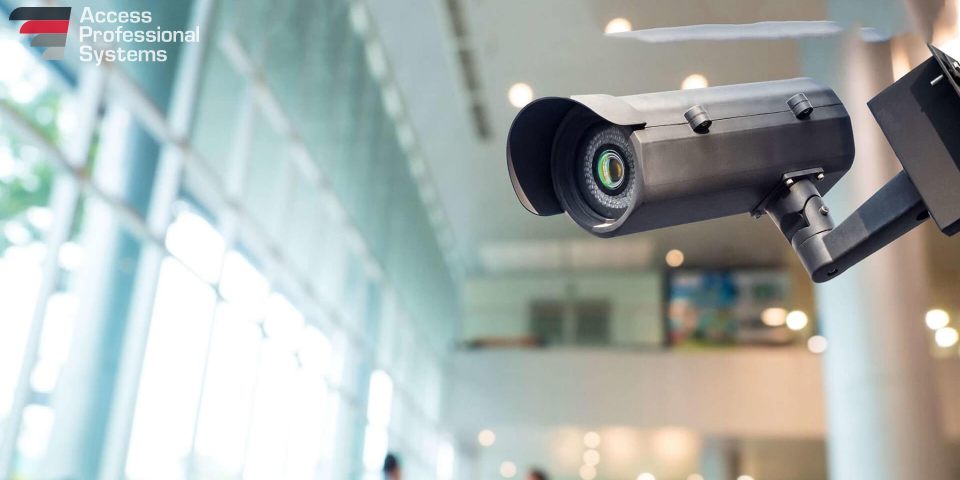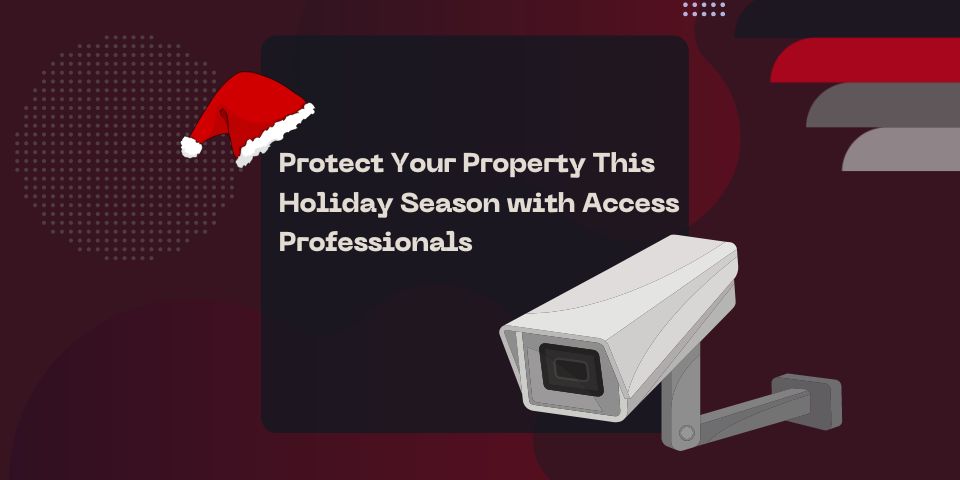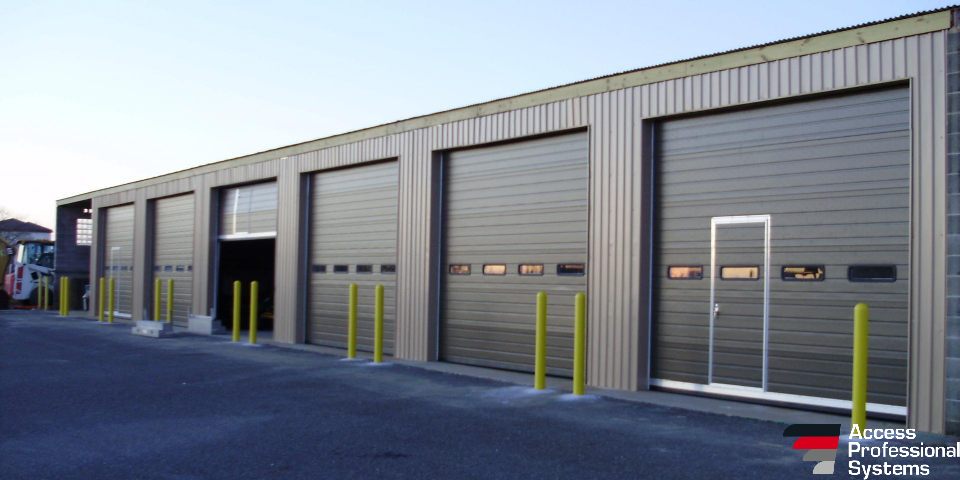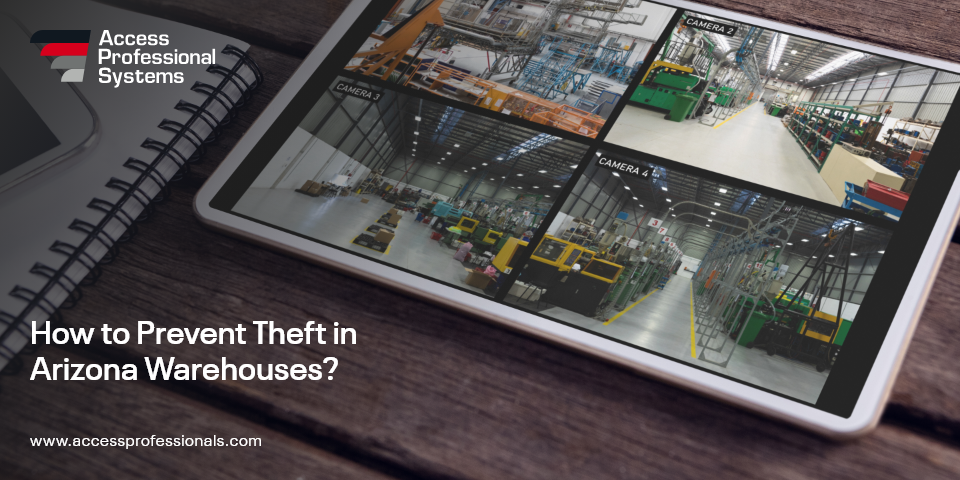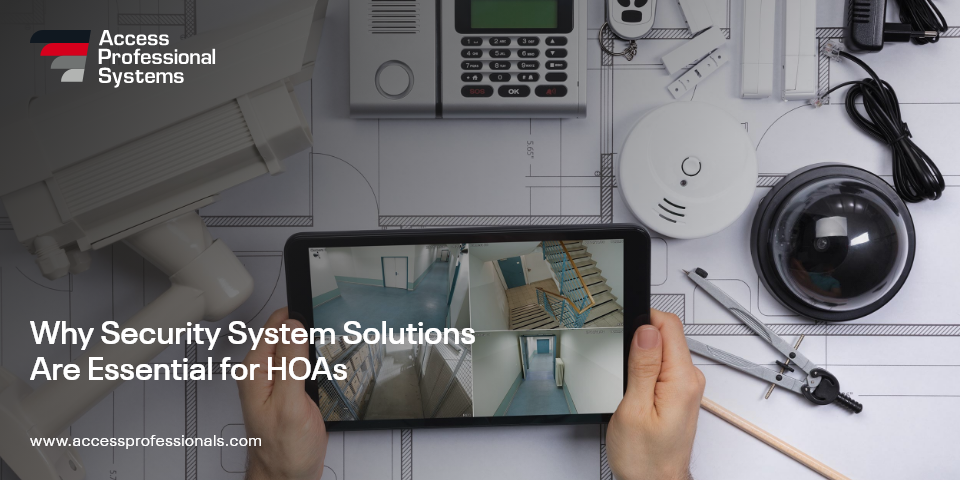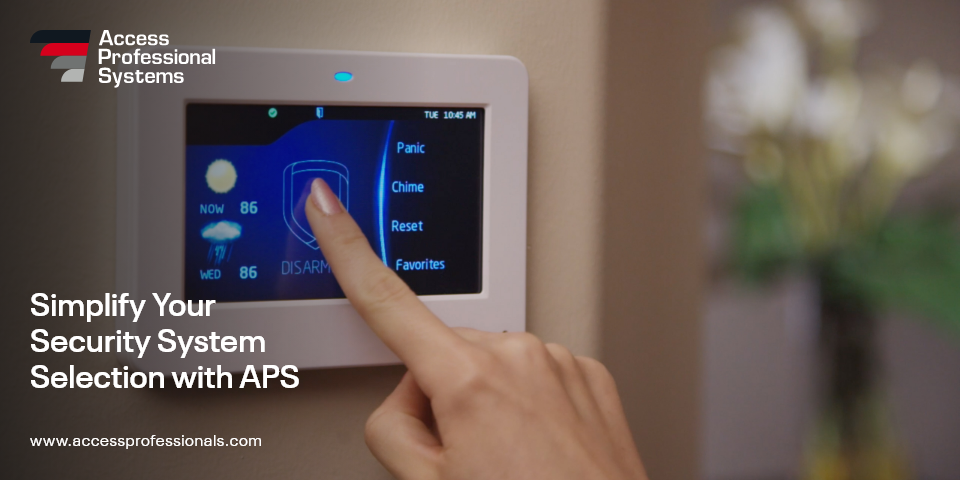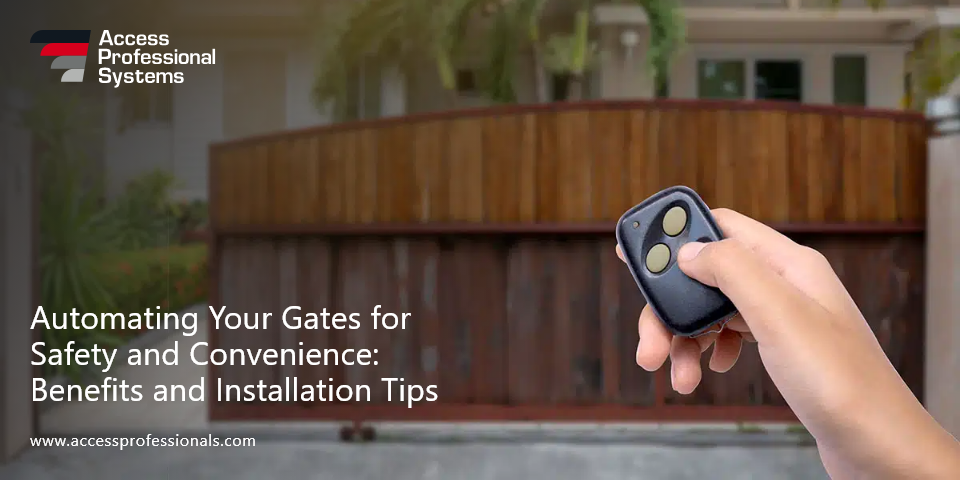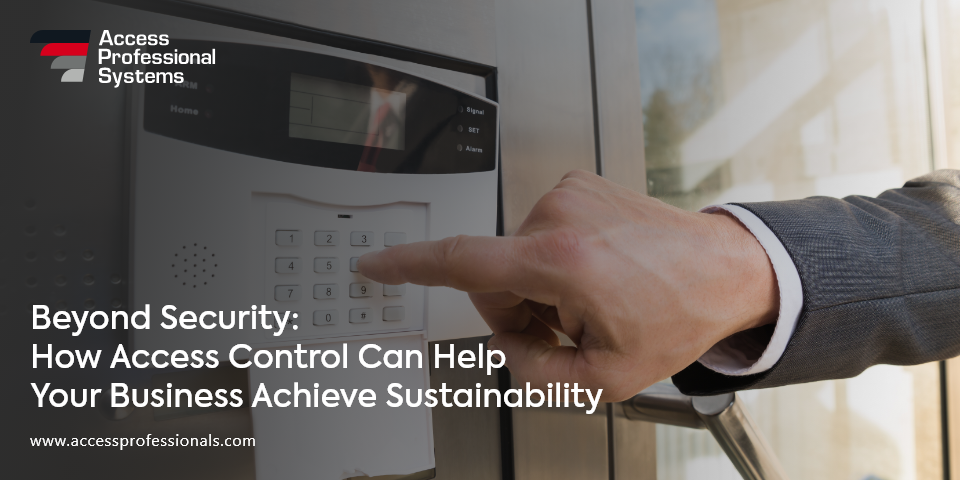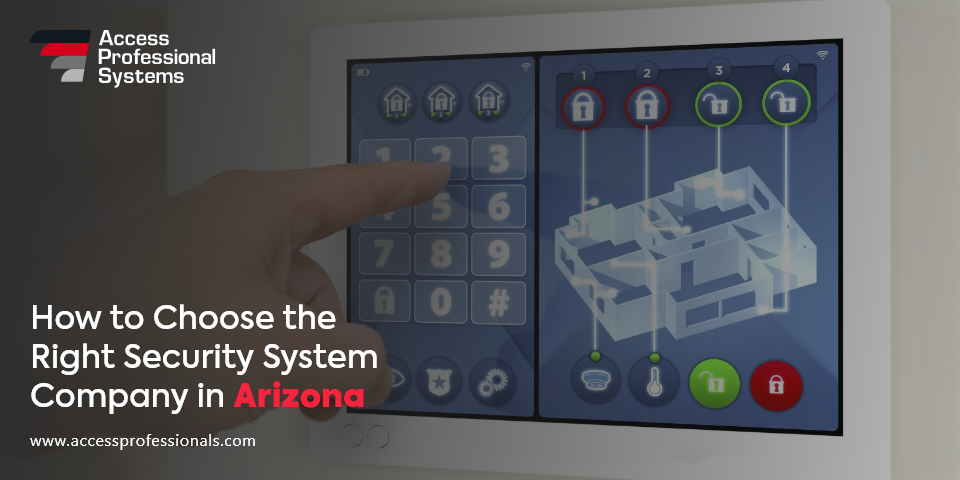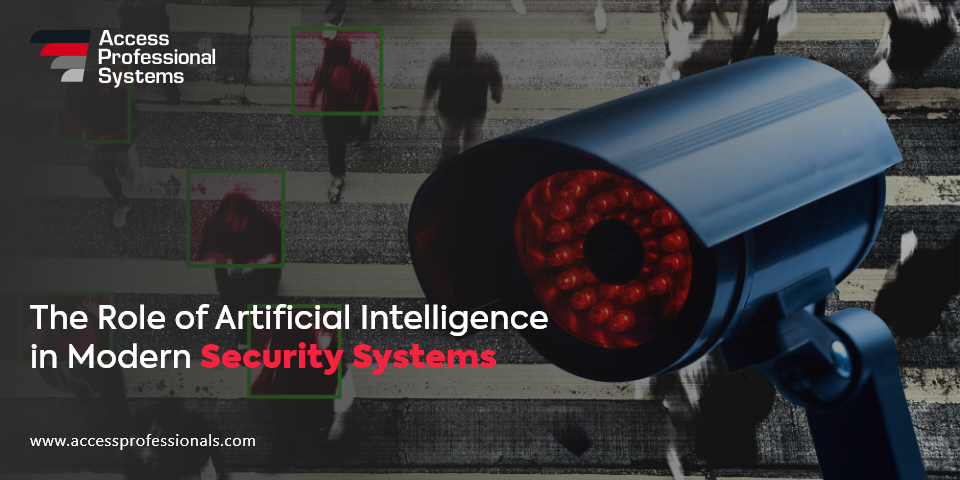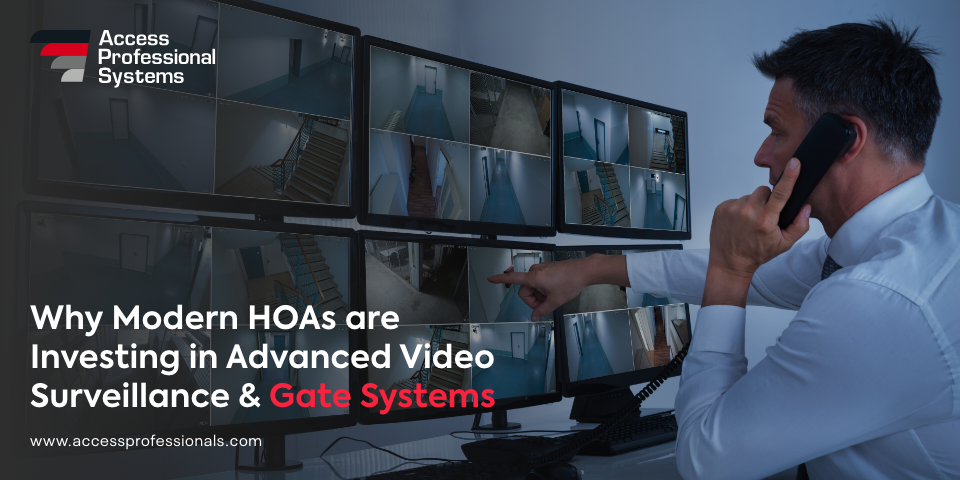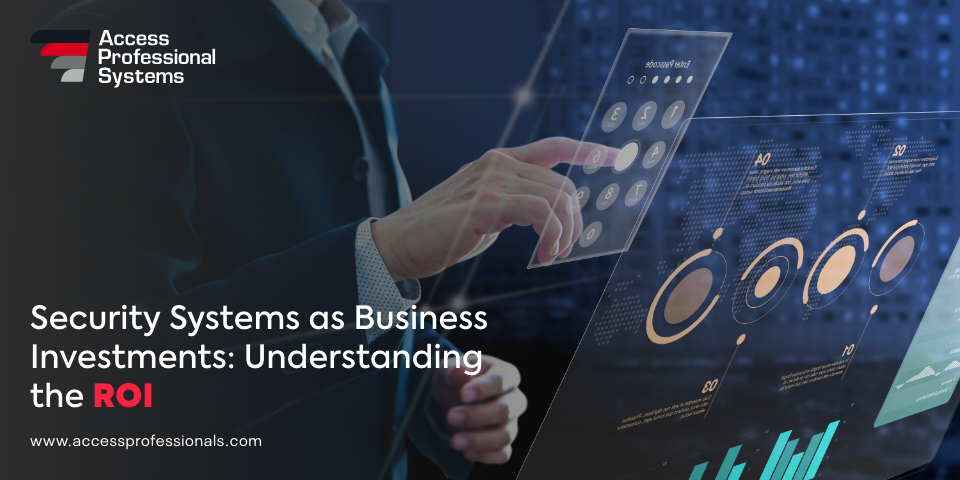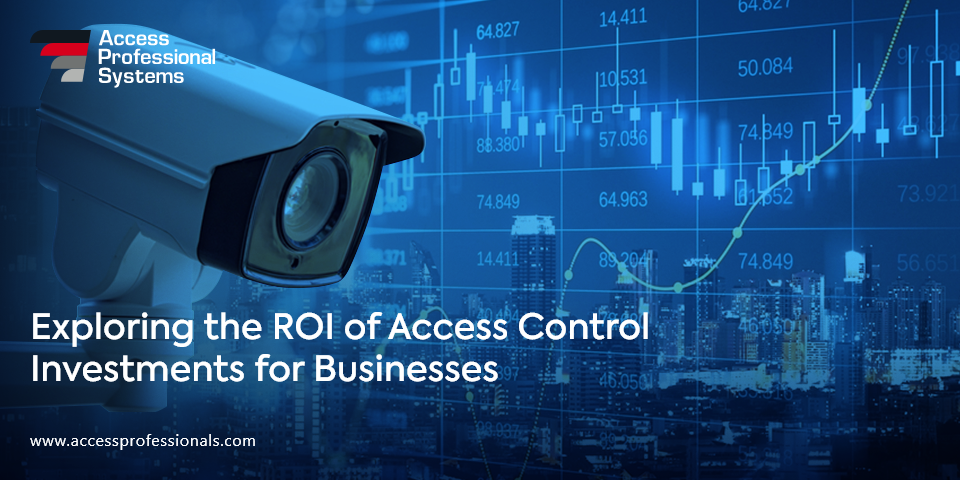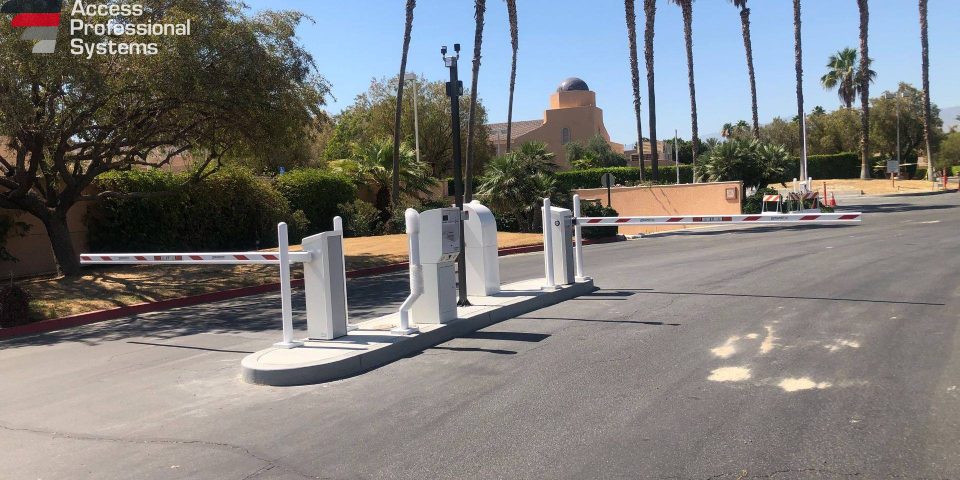
How Does Parking Access Control Work?
If you’re looking to manage your parking lot more efficiently, investing in parking access control systems is a great way to do so. These systems help to ensure that drivers can quickly and easily enter and exit the parking lot while also providing a way for property owners to collect revenue. In this article, we will take a closer look at how parking access control systems work and discuss their benefits for parking lot owners and drivers.
What is PARCS?
PARCS, or parking access and revenue control systems, are the backbone of any parking operation. They are computerized parking systems allowing owners and operators to control access and collect parking revenue from users. Depending on the property owner’s needs, they are highly customizable with varying levels of functionality and complexity.
Revenue Control Systems
Revenue control systems are a component of PARCS used for managing and auditing payments of transient and non-transient parkers in a car park or facility. This type of technology collects payment for parking and involves two types of users:
Transient – a user who pays for parking on a short-term basis rather than parking access for an extended period. An example would be 2-hour parking rather than a month or semester.
Non-transient – parkers that use a permit or some sort of credential to park on an ongoing basis.
PARCS Basic Components
- Barriers – a gate or pole that lowers to block vehicle access through a controlled entry or exit point.
- Alarms – system-generated messages that indicate potential problems with equipment or operational rules that have been broken.
- Entry/exit stations – an in-lane cashier station or terminal at the facility’s entry or exit point that can be used to collect payment for parking. This can include a ticket or any other item that indicates the time of entry or validity of a vehicle.
- Pay stations – systems that accept and validate tickets, calculate parking fees, accept and process payments, and issue and print receipts upon request. The two types of pay stations include Pay on Foot (POF) and Pay in Lane (PIL).
- PARCS software – computers and software are required to administer and supply real-time, accurate parking and revenue control systems reports. All software and integrated technology must communicate with the same network to collect and register data to provide centralized reporting.
What Are Parking Guidance Systems?
PGS, or parking guidance systems, are an advanced form of car counting. This vehicle detection technology gives drivers real-time visibility of available parking spaces, providing dynamic data that facilitates vehicular circulation within a parking lot. PGS components can change depending on the use case, but the central concept includes:
- Signage – parking signs are a core part of helping users find an open space. They also provide information at entry and throughout the car park.
- Detectors – technology that indicates if there is a car occupying a given space.
- Indicators – an LED light or dynamic sign that indicates an available parking spot to drivers.
- Parking access control system – the central hub where information is gathered and distributed to different components. It collects data on cars and available parking spots, passing it on to signs and drivers.
- Network link – the system’s connection that gathers and communicates accurate and reliable data in real-time.
Parking Guidance Systems and PARCS Benefits
For drivers
- Improves user experience – almost every driver has experienced the stress and frustration of entering a busy car park and circling the area in search of an available spot. PGS helps drivers quickly and easily find a space while also helping them locate their vehicle upon return.
- Reduces pollution – by decreasing traffic congestion and reducing the time it takes to park, parking lots with PGRs are greener, lower emissions, and reduce fuel consumption.
- Increase customer loyalty – an efficient and stress-free parking experience makes users inclined to return to your business.
For owners and operators
- Increase capacity and turnover – information on parking space availability allows all spaces of a parking lot to be utilized and facilitates quicker turnover.
- Increase security – securing entry and exit points allows companies to restrict unauthorized use.
- Provides analytics – owners and operators can collect accurate data on cars and usage.
- On-demand pricing – easily adjust pricing through a centralized network based on supply and demand.
- Reliable and fast transaction processing – payments are secure and efficient.
- Reduce costs – by eliminating the need for human operators to collect payments or direct traffic, parking lot owners can significantly reduce business expenses.
Access Professionals
Access Professionals has over 25 years of experience delivering state-of-the-art parking control solutions for multiple industries. We offer professional parking solutions, such as parking lot entry and exit control systems, revenue control systems, parking guidance systems, and more. Our dedicated team expertly manages every stage of PARCS and/or PGS installation from planning, design, procurement, implementation, commissioning, and user training. Whether you’re starting from scratch or need to upgrade your existing system, Access Professional Systems can help. Contact us today to learn more!
We look forward to hearing from you!
Share:
